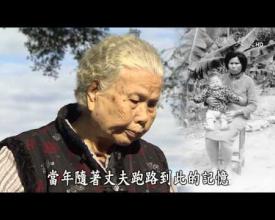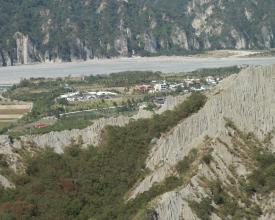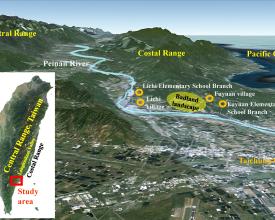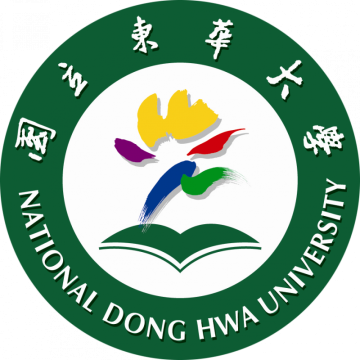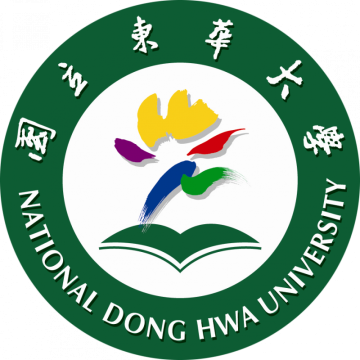
Enhancing Community-School-University Partnership for Rural Landscape Conservation, Taiwan

This was implemented between 2005 and 2007 as a multi-stakeholder partnership at the geo-site of Lichi “Badlands” Formation in Taitung County, Taiwan and it was later reviewed in 2016. Despite being a national-level designated area of high scientific interest, two of the local communities living in the site were suffering from a lack of economic opportunities, depopulation, and the deterioration of their production landscape. The solution was found through a dialogue facilitated by National Dong Hwa University which involved local communities and local schools on a series of community-led projects. Between November 2005 and December 2007, nine training courses and 43 platform meetings took place to stimulate ecotourism, geo-tourism and place-based education. The review conducted in 2016 found a positive value shift in the locals’ perception of the “Badlands” and the improvement of local livelihoods which were largely attributed to the school-community-university partnership platform.
Impacts
The solution shows a school-community-university partnership, based on a platform discussion involving local people and teachers, developed a common perspective towards the relationship between the geo-conservation of the Lichi “Badlands” Formation and local people’s livelihoods.
It also shows that a successful geo-conservation depends on understanding and valuing the geological and geomorphological features and processes of the geo-site by including promotional and awareness raising activities.
The local people and school teachers completed investigation of natural and cultural resources of the Lichi “Badlands” Formation and collaborated on place-based environmental education and interpretation materials. Local livelihoods also improved as a result of several pilot programs on geo-tourism – with a specific focus on knowledge sharing to ensure tourists’ appreciation not only of aesthetic but also of geological values of the Lichi “Badlands” Formation.
Over time, there was a value change in appreciation of the Lichi “Badlands” Formation by the locals. They were now aware of the importance of its geo-conservation for the socio-economic revitalization of the area.

